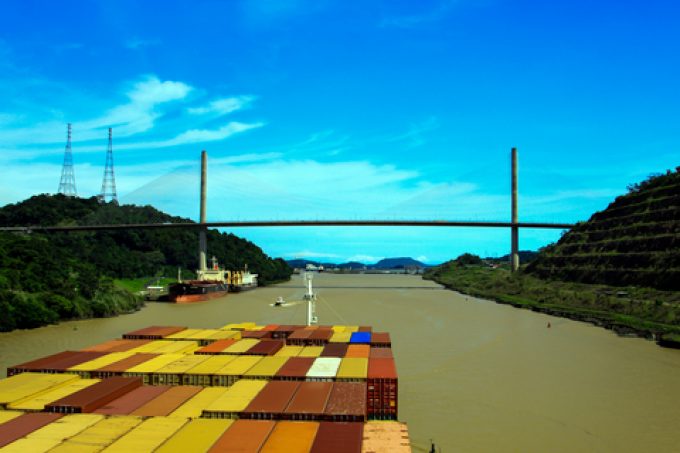Liners unveil Asia-Europe FAK price hikes to arrest steady rate decline
Container shipping lines are looking for a hike in Asia-Europe spot freight rates, announcing a ...

There were tentative signs over the weekend that the potential for a full-blown crisis at the Panama Canal may be reducing, after the canal authority indicated it would allow more daily transits next month.
While the country continues to be gripped by an unprecedented drought, the Panama Canal Authority (PCA) has introduced measures to maximise the waterway’s capacity, such as: re-using water from one lock chamber in another, which it said saved the equivalent consumption of six daily transits; tandem lockages, with two ships transiting at the same time and occupying one chamber; and optimising the transit schedule.
The maximum draught of a vessel able to transit the canal has been reduced from 14.9 metres to 13.4 metres, while the number of daily transits has gone down from the designed capacity of between 34 and 38, to just 24 – which was set to be reduced to 18 by February.
However, the PCA said over the weekend it would now be able to offer 24 slots a day from mid-January, easing fears that container supply chains, particularly between Asia and the North American east coast and South America west coast services to North America and Europe, could be hit by a congestion crisis next year.
It also added that full container vessels would continue to have priority when the PCA assigned transit slots.
However, some damage has already been done, according to the latest research from John McCown, who reported that November saw a 29% decline in transits by vessels in the 10,000-14,000 teu range – which use the canal’s neopanamax locks.
Mr McCown’s data showed this had an impact on US port volumes last month – west coast gateways showed a 24.5% year-on-year growth in container numbers, while east coast ports saw 8.5% growth.
At port level, the differences were even larger: Long Beach and Los Angeles recorded gains of 37% and 25.3% respectively, while New York was down 13.1%.
“The re-shifting back to west coast ports of volumes that had moved eastward is primarily behind those large swings,” wrote Mr McCown.
Comment on this article